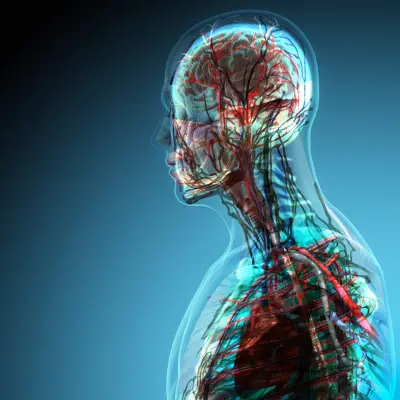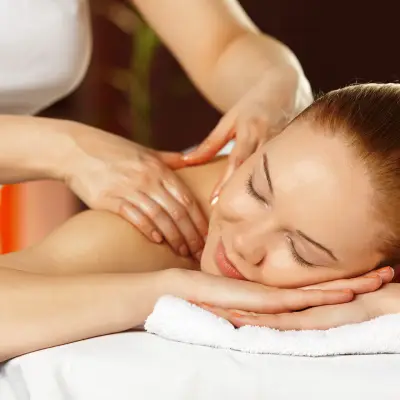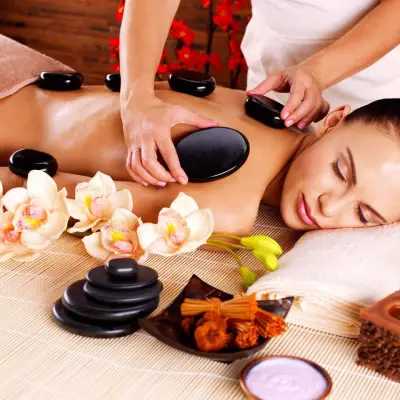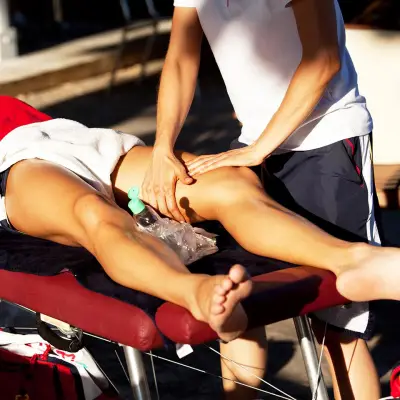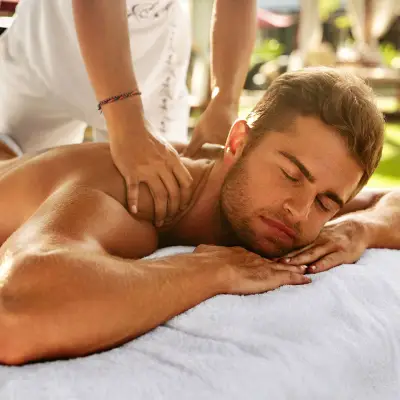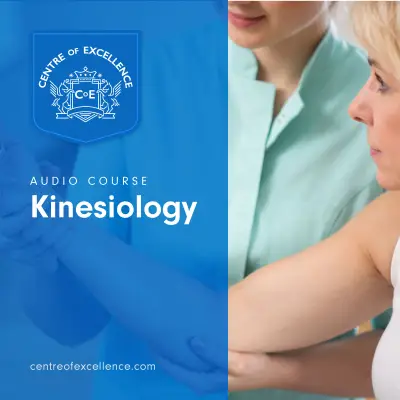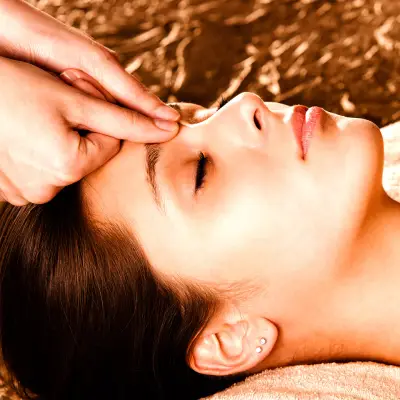There’s little wonder that Swedish Massage is one of the most popular massage techniques to both study and receive. From improving circulation and relieving tension and pain to relaxing body and mind, it’s long been regarded as one of the most powerful ways to increase wellbeing and vitality.
If you’d like to carry out Swedish Massage on your family, friends or partner, or become a practising therapist, our comprehensive course covers everything you need to know. To get you started, here’s an introduction to 5 of the massage techniques you’ll learn in detail on the course that will give you - and your potential future business - the magic touch.
Jump to:
Recommended for you!
Best SellersEase in with Effleurage
One of the very first techniques you’ll learn when studying Swedish Massage is effleurage. It’s the long, gliding strokes of effleurage that gently introduce the client to the therapist’s hands at the beginning of the treatment and signal to the body that it’s time to let go and relax. Effleurage also helps to evenly apply the massage oil or lotion to the area of the body being worked on. It’s useful at various points throughout the massage to keep the treatment flowing.
Using the flat of the palms and fingers and working towards the heart (firmer on the upward stroke, lighter on the return) effleurage is the therapist’s chance to assess the body, seek out areas of tension and warm up the muscles for the deeper massage that follows. As the effleurage flows, as well as relaxing the muscles, it boosts lymph flow and circulation so more oxygen and nutrients are supplied to the muscles and skin. Soothing and smoothing effleurage is often used at the end of a Swedish Massage treatment too.
Pick Things Up with Petrissage
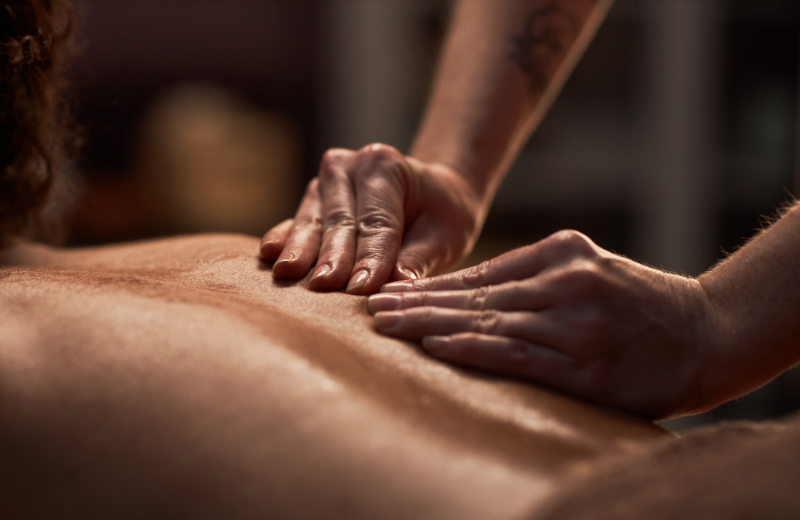
Following effleurage, petrissage techniques (from the French word pétrir which means 'to knead') work on the deeper skin tissue and underlying muscles. Working rhythmically, with petrissage the area is picked up, compressed and released using various techniques such as kneading, rolling, wringing and picking-up. Depending on the technique, the therapist will use the fingers, thumbs and the heels of the hands, or a combination, targeting specific areas and freeing up any tension or tightness. When moving on to petrissage techniques (which are deeper than effleurage), it’s always a good idea to check the pressure level with the client again to make sure that they are comfortable.
Follow up with Frictions
Frictions warm the muscles further, allowing the therapist to work deeper still on more focused, concentrated areas to help break down knots and nodules. Circular frictions are carried out using the fingertips or thumbs, pressing firmly (not gliding) to move the tissue underneath. Transverse frictions use the tips or pads of the fingers to work transversely (across) the muscle fibres.
Stimulate with Tapotement
Also known as "percussion", tapotement incorporates the more stimulating and invigorating movements such as tapping (using the fingertips), cupping (using cupped hands) and hacking (using the edge of hands) to help rejuvenate and boost circulation and muscle tone. Much more energetic than effleurage and petrissage, tapotement requires relaxed wrists, a good rhythm and the ability to perform the movements briskly. Imagining playing the piano or drums can help to perfect this technique!
When studying tapotement you will learn that special care should be taken when using it in certain areas. For example, amongst other precautions, it should not be used directly over bony areas, including the spine, and also over varicose veins. It is also not suitable for very thin or elderly people as it could lead to bruising.
Feel the Vibrations
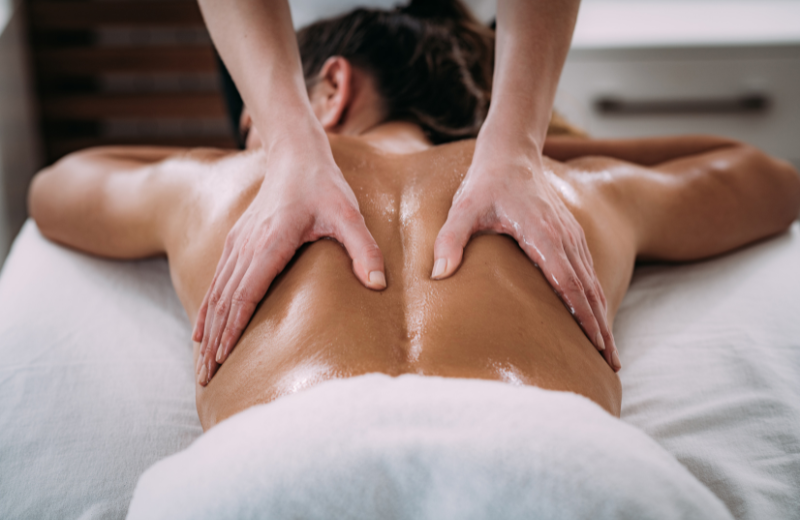
Vibrations are a gentle shaking or trembling movement or a rocking technique using palms, fingers or thumbs, which stimulate the nerves to release and relax smaller areas of muscular tension. They can be performed in one spot or moved across a specific area.
Mastering the full Swedish Massage routine and learning anatomy and physiology, to gain a deep understanding of the treatment’s effect on the body, is a very rewarding skill to learn and one which you’ll use time and time again for many years to come.
Safety and Precautions
Swedish Massage may be contraindicated for people with certain health issues or medical conditions so it’s always best to consult your GP first. It should only be carried out by a fully-qualified practitioner after a full consultation.
Recommended for you!
Best SellersStudy Swedish Massage for £29
You can currently sign up for our Swedish Massage Diploma Course for an exclusive discounted price of £29!
If you're new to massage, we'd recommend starting with our Massage Therapist Diploma Course, which you can also access for £29.

